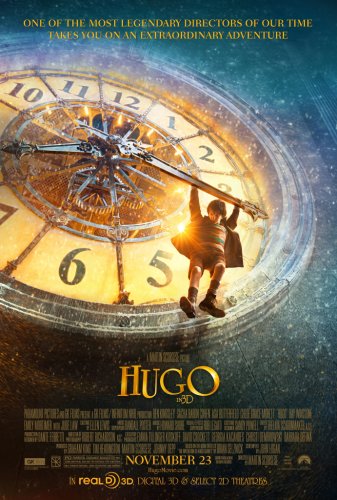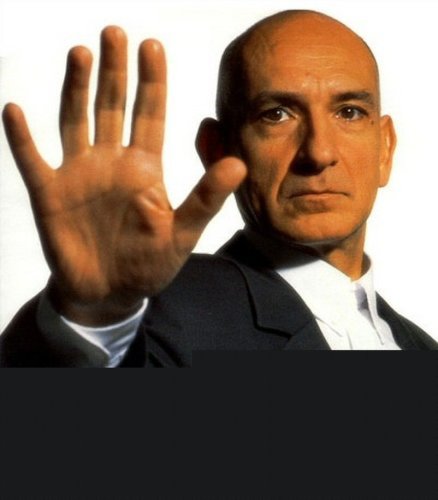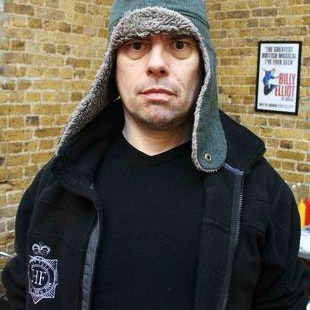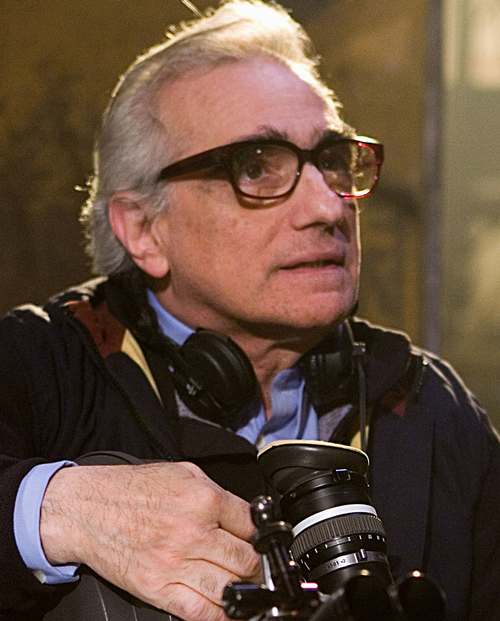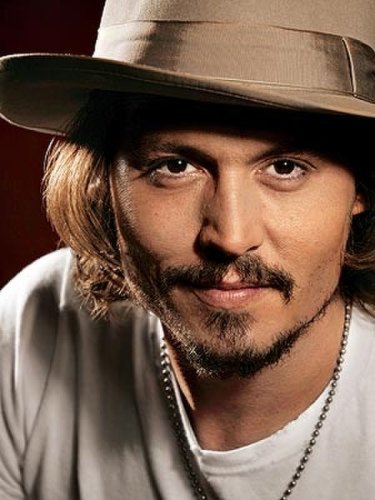| Fecha | Área | Bruto |
|---|---|---|
| 12 April 2012 | USA | USD 73,864,507 |
| 8 April 2012 | USA | USD 73,820,094 |
| 25 March 2012 | USA | USD 73,437,947 |
| 18 March 2012 | USA | USD 72,993,753 |
| 11 March 2012 | USA | USD 72,269,119 |
| 4 March 2012 | USA | USD 71,300,195 |
| 26 February 2012 | USA | USD 69,354,704 |
| 19 February 2012 | USA | USD 67,287,363 |
| 19 February 2012 | USA | USD 66,711,000 |
| 12 February 2012 | USA | USD 64,442,024 |
| 5 February 2012 | USA | USD 61,911,429 |
| 29 January 2012 | USA | USD 58,925,857 |
| 22 January 2012 | USA | USD 55,887,402 |
| 15 January 2012 | USA | USD 54,663,234 |
| 8 January 2012 | USA | USD 52,630,908 |
| 1 January 2012 | USA | USD 50,313,495 |
| 25 December 2011 | USA | USD 44,927,000 |
| 18 December 2011 | USA | USD 39,155,709 |
| 11 December 2011 | USA | USD 33,414,719 |
| 4 December 2011 | USA | USD 25,121,185 |
| 25 November 2011 | USA | USD 15,380,000 |
| 26 February 2012 | Worldwide | USD 115,814,000 |
| 21 February 2012 | Worldwide | USD 106,986,000 |
| 12 April 2012 | worldwide | USD 185,770,160 |
| Non-USA | USD 111,905,653 | |
| 25 March 2012 | Italy | EUR 7,384,746 |
| 18 March 2012 | Italy | EUR 7,278,910 |
| 11 March 2012 | Italy | EUR 7,091,908 |
| 4 March 2012 | Italy | EUR 6,774,836 |
| 26 February 2012 | Italy | EUR 6,155,457 |
| 19 February 2012 | Italy | EUR 5,314,633 |
| 12 February 2012 | Italy | EUR 3,850,513 |
| 5 February 2012 | Italy | EUR 1,764,073 |
| Fecha | Área | Bruto | Pantalla |
|---|---|---|---|
| 21 February 2012 | USA | USD 11,364,505 | 1277 |
| 18 November 2011 | USA | USD 11,364,505 | 1277 |
| 5 February 2012 | Italy | EUR 1,764,073 | 458 |
| Fecha | Área | Bruto | Pantalla |
|---|---|---|---|
| 8 April 2012 | USA | USD 68,411 | 101 |
| 25 March 2012 | USA | USD 250,545 | 283 |
| 18 March 2012 | USA | USD 487,073 | 383 |
| 11 March 2012 | USA | USD 623,315 | 313 |
| 4 March 2012 | USA | USD 1,233,618 | 406 |
| 26 February 2012 | USA | USD 1,510,760 | 501 |
| 19 February 2012 | USA | USD 1,655,684 | 558 |
| 12 February 2012 | USA | USD 1,765,205 | 702 |
| 5 February 2012 | USA | USD 2,272,390 | 1,030 |
| 29 January 2012 | USA | USD 2,510,275 | 965 |
| 22 January 2012 | USA | USD 937,620 | 650 |
| 15 January 2012 | USA | USD 1,046,468 | 545 |
| 8 January 2012 | USA | USD 1,600,751 | 843 |
| 1 January 2012 | USA | USD 2,461,610 | 951 |
| 25 December 2011 | USA | USD 2,125,000 | 951 |
| 18 December 2011 | USA | USD 3,707,848 | 2,532 |
| 11 December 2011 | USA | USD 6,050,309 | 2,608 |
| 4 December 2011 | USA | USD 7,557,709 | 1,840 |
| 25 November 2011 | USA | USD 11,350,000 | 1,277 |
| 25 March 2012 | Italy | EUR 51,859 | 41 |
| 18 March 2012 | Italy | EUR 122,607 | 72 |
| 11 March 2012 | Italy | EUR 179,177 | 108 |
| 4 March 2012 | Italy | EUR 378,481 | 191 |
| 26 February 2012 | Italy | EUR 499,357 | 288 |
| 19 February 2012 | Italy | EUR 1,001,336 | 397 |
| 12 February 2012 | Italy | EUR 1,524,872 | 467 |
| 5 February 2012 | Italy | EUR 1,764,073 | 458 |
